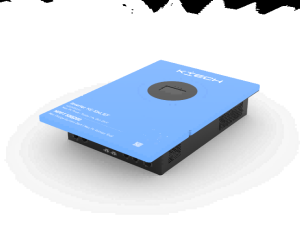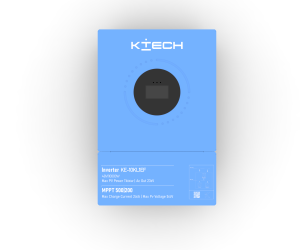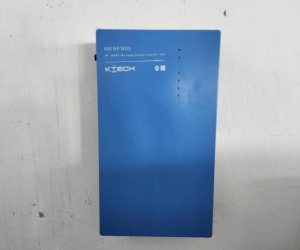马上注册,结交更多好友,享用更多功能,让你轻松玩转社区。
您需要 登录 才可以下载或查看,没有账号?Register
×
Solar cell: This is the most critical component of a solar panel. Common types include monocrystalline silicon solar cells, polycrystalline silicon solar cells, and amorphous silicon solar cells. Monocrystalline silicon solar cell: It is made of monocrystalline silicon wafers. The purity of monocrystalline silicon material is very high, and its atomic arrangement is very regular. The photoelectric conversion efficiency of this type of battery is relatively high, generally reaching around 15% -24%. For example, in some high-quality monocrystalline silicon solar cells, 150-240 watts of electricity can be generated per square meter under standard lighting conditions (1000W/㎡). Its disadvantage is that the production cost is relatively high. Polycrystalline silicon solar cell: It is made of a silicon wafer composed of multiple small silicon crystal particles. Its photoelectric conversion efficiency is slightly lower than that of single crystal silicon, usually around 13% -18%, but due to its relatively simple manufacturing process and low cost, it is also widely used. Amorphous silicon solar cell: It is a thin film solar cell with disordered atomic arrangement. Its advantages are low cost, bendability, and the ability to adapt to some irregular installation surfaces. However, its photoelectric conversion efficiency is relatively low, generally around 6% -10%. Packaging material: used to protect solar cells from external environmental damage, such as moisture, dust, mechanical impact, etc. Ethylene vinyl acetate copolymer (EVA) and tempered glass are commonly used. Tempered glass is located on the outermost layer of solar panels, with high transparency and mechanical strength, which allows sunlight to fully shine on the solar cells while resisting external impacts such as wind, rain, hail, etc. EVA is filled between the solar cell and tempered glass to provide bonding and cushioning. Backboard: Located on the back of the solar panel, it mainly serves the purpose of protection and support. It is generally made of materials such as polyvinyl fluoride (PVF) or polyester (PET), which can prevent moisture from entering the interior of the solar panel and provide a certain mechanical strength for the entire solar panel. Frame: usually made of aluminum, used to fix the various components of the solar panel, making it more sturdy, easy to install and transport.
|  Key Technologies & Challenges of Off-gri1748 views#Default Forum
Key Technologies & Challenges of Off-gri1748 views#Default Forum Market Potential & Future Direction of O1550 views#Default Forum
Market Potential & Future Direction of O1550 views#Default Forum How to Install a Wall-Mounted Inverter1752 views#Default Forum
How to Install a Wall-Mounted Inverter1752 views#Default Forum How to Install a Wall Mount Battery1846 views#Default Forum
How to Install a Wall Mount Battery1846 views#Default Forum